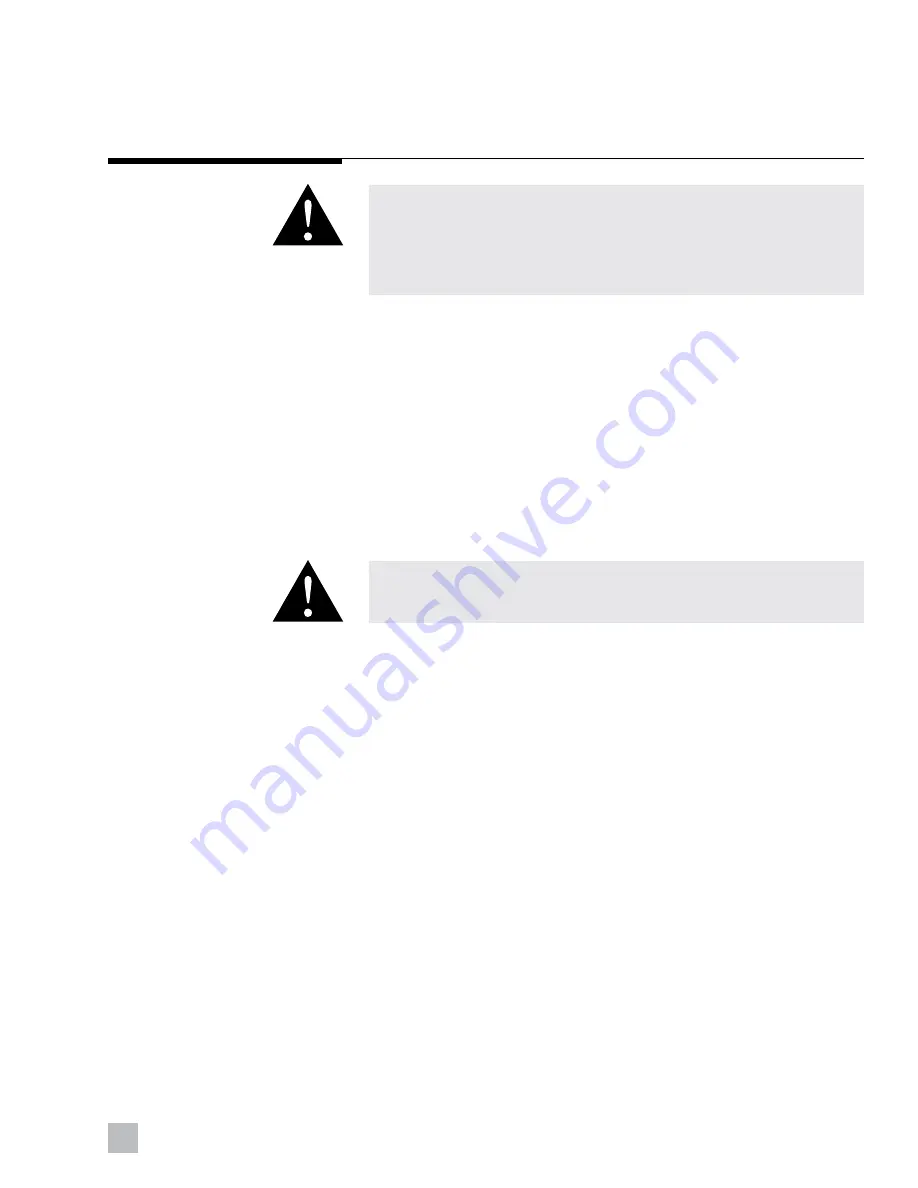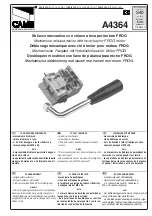
3
EN
1.2 Safety considerations and
safe operation
Before installation
The safe operation of the steering system is dependent upon proper
installation & maintenance, common sense, safe judgment and the
knowledge/expertise of the operator. Every installer/user should know the
following requirements before installing/using the steering system.
1.
Read and understand the installation and operating manual provided
with your motor, steering system, and associated components.
2.
Ensure that all components required to complete the installation are on hand.
3.
Dometic components are highly engineered and safety tested to ensure
system integrity; do not substitute any component with non-Dometic
components as this may compromise system performance/reliability.
WARNING!
The safety information provided throughout this publication is intended to
inform you of the dangers that may be present during installation and use.
It is critical that you read and understand all the points noted.
If you have any questions regarding any of these warnings, contact Dometic.
CAUTION!
Helms and cylinders that end with the suffix -3 use ORB fittings only. Do not
use NPT fittings. Irreparable damage will occur.
During installation
1.
Install components as directed in all Installation Instructions.
2.
Do not modify or substitute any component in any way without written
consent from Dometic.
3.
Comply with all system ratings/regulations (boat/engine, U.S.C.G.).
• cylinder must be compatible with engine(s) installed.
• cylinder must be rated for use on the engine(s) installed.
4.
Confirm that there is no interference between the steering cylinder(s),
tiebars and the transom, splashwell, outboard engine(s) or jackplate or
any combination of these parts by performing the following steps;
a. With engine fully tilted down, turn steering wheel from hard over to
hard over and confirm that no interference occurs.
• If using a hydraulic jack plate the above must also be performed at
all the positions of the jackplate.
b. Repeat step 4a) with engine(s) tilted up.
c. Perform step 4a) with each engine in down/up positions confirming
that independent trim/tilt can be done without any interference.
5.
Confirm that the steering cylinder(s) can be fully stroked in both
directions as well as full tilt and trim without stretching, chafing, rubbing
and/or kinking of the hydraulic hoses.








































